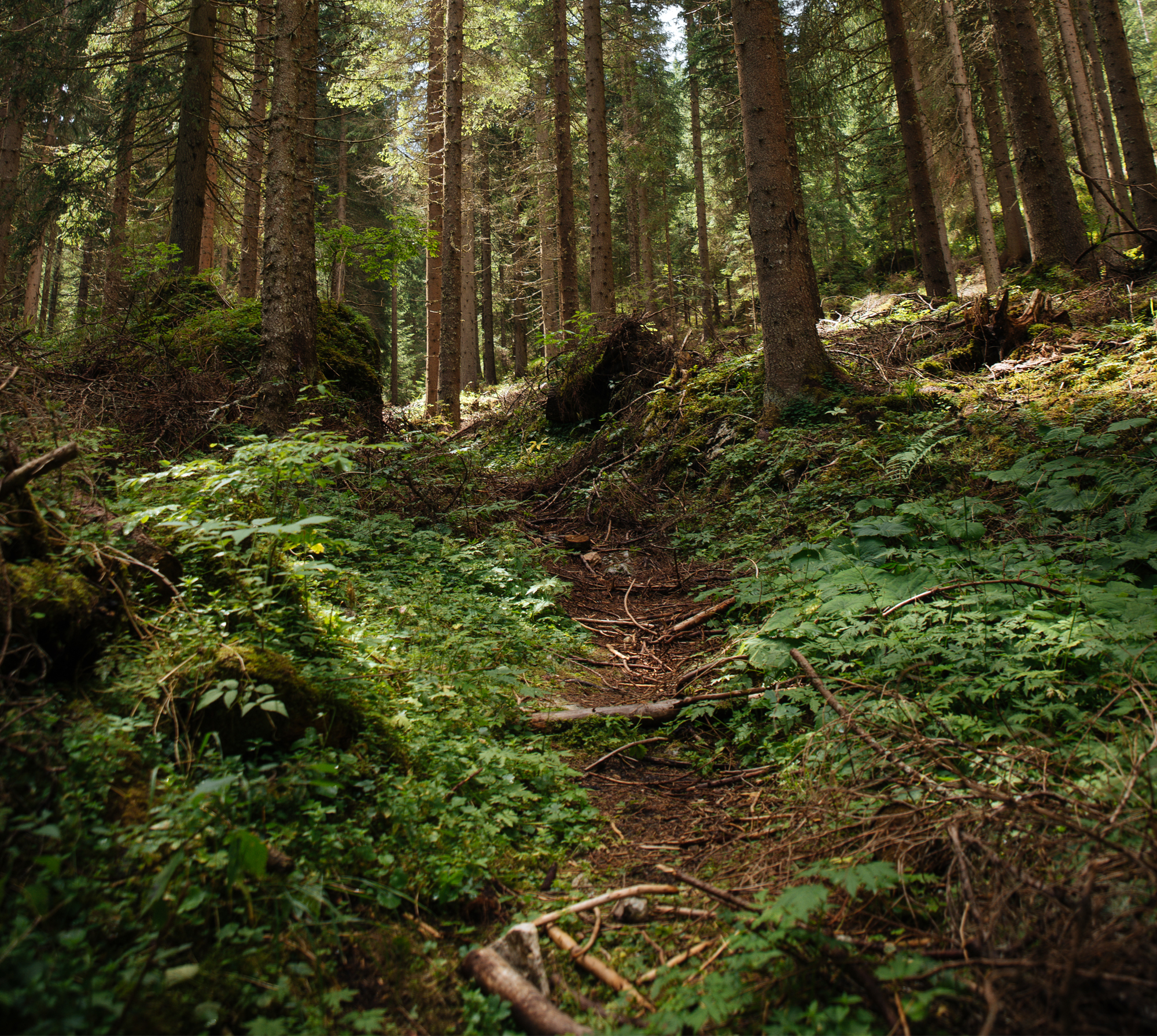
Skład gatunkowy, budowa i struktura oraz kierunki przemian drzewostanu z udziałem świerka w przygrzbietowej części rezerwatu Madohora w Beskidzie Małym
Revisiting a hilltop spruce stand in the Madohora Reserve in Beskid Mały reveals major changes in species composition, structure and succession after 50 years
Autorzy
-
Jan Karczmarski
Uniwersytet Rolniczy im. H. Kołłtaja, Wydział Leśny, Katedra Szczegółowej Hodowli Lasu
Al. 29 Listopada 46, 31–425 Kraków
e-mail : j.karczmarski@ur.krakow.pl -
Paweł Bąk
Uniwersytet Rolniczy w Krakowie, Wydział Leśny, Katedra Szczegółowej Hodowli Lasu
Al. 29 Listopada 46, 31–425 Kraków
Abstrakt
This paper revisits a hilltop forest stand growing in the Madohora Reserve in Beskid Mały. The stand was first described by Myczkowski in 1955 as a spruce forest characteristic of the upper-montane forest zone. Based on the measurement of 11 circular study plots in 2005, new values for the following parameters were established: species composition, stand volume, stand basal area and storey structure, volume of both standing and fallen-dead trees, frequency and species composition of regeneration, as well as vitality and self-thinning of trees. The average stand volume in 2005 was 276 m3•ha-1, of which spruce comprised 67.5 %. Between the years 1955-2005, the proportion of spruce in the stand decreased by 30-50 %. In the lower storey and the regeneration, spruce is being replaced by intensively regenerating fir. This succession, as well as the poor vitality and high intensity of self-thinning of spruce, indicate that ongoing natural stand transformation is significantly reducing the proportion of spruce and may even result in its total elimination from the stand.
Słowa kluczowe
| DOI | 10.2478/v10111-010-0032-z |
|---|---|
| Source | Leśne Prace Badawcze (Forest Research Papers), 2010, Vol. 71 (4): 369–380 |
| Print ISSN | 1732-9442 |
| Online ISSN |
2082-8926 |
| Type of article |
Original research article |
| Original title |
Skład gatunkowy, budowa i struktura oraz kierunki przemian drzewostanu z udziałem świerka w przygrzbietowej części rezerwatu Madohora w Beskidzie Małym |
| Publisher | Instytut Badawczy Leśnictwa, Sękocin Stary, Poland |
| Date | December, 2010 |
- Andrzejczyk T., Głodowski Z. Wpływ gatunków domieszkowych na wzrost i pokrój dębu szypułkowego (Quercus robur L.) w uprawie założonej metodą Szymańskiego
- Czerepko J. Zmiany roślinności na siedlisku olsu jesionowego w lasach północno-wschodniej Polski
- Kubiak K., Oszako T. Filtry piaskowe w ochronie roślin przed chorobami w szkółkach
- Szczygieł K., Wojda T. Mikrorozmnażanie wisienki stepowej (Cerasus fruticosa Pallas)
- Kowalski T., Czekaj A. Symptomy chorobowe i grzyby na zamierających jesionach (Fraxinus excelsior L.) w drzewostanach Nadleśnictwa Staszów
- Karczmarski J., Bąk P. Skład gatunkowy, budowa i struktura oraz kierunki przemian drzewostanu z udziałem świerka w przygrzbietowej części rezerwatu Madohora w Beskidzie Małym
- Nawrot-Chorabik K., Jankowiak R. Interakcje pomiędzy kalusem trzech genotypów Abies alba a grzybami o różnym statusie ekologicznym
- Dobrowolska D. Rola zaburzeń w regeneracji lasu
- Kalinowski M. Bariery rozwoju niedrzewnej produkcji leśnej w wybranych krajach europejskich
- Kornatowska B., Smogorzewska M. Zmiany klimatu a ekosystemy leśne: aktualna polityka klimatyczna
- Malinowski H. Reakcja chrząszczy szeliniaka sosnowca (Hylobius abietis L.) na insektycydy z grupy neonikotynoidów (chloronikotynyli) i fenylopirazoli
- Referowska-Chodak E. Ochrona różnorodności biologicznej w systemach certyfikacji FSC i PEFC a gospodarka leśna w Polsce

